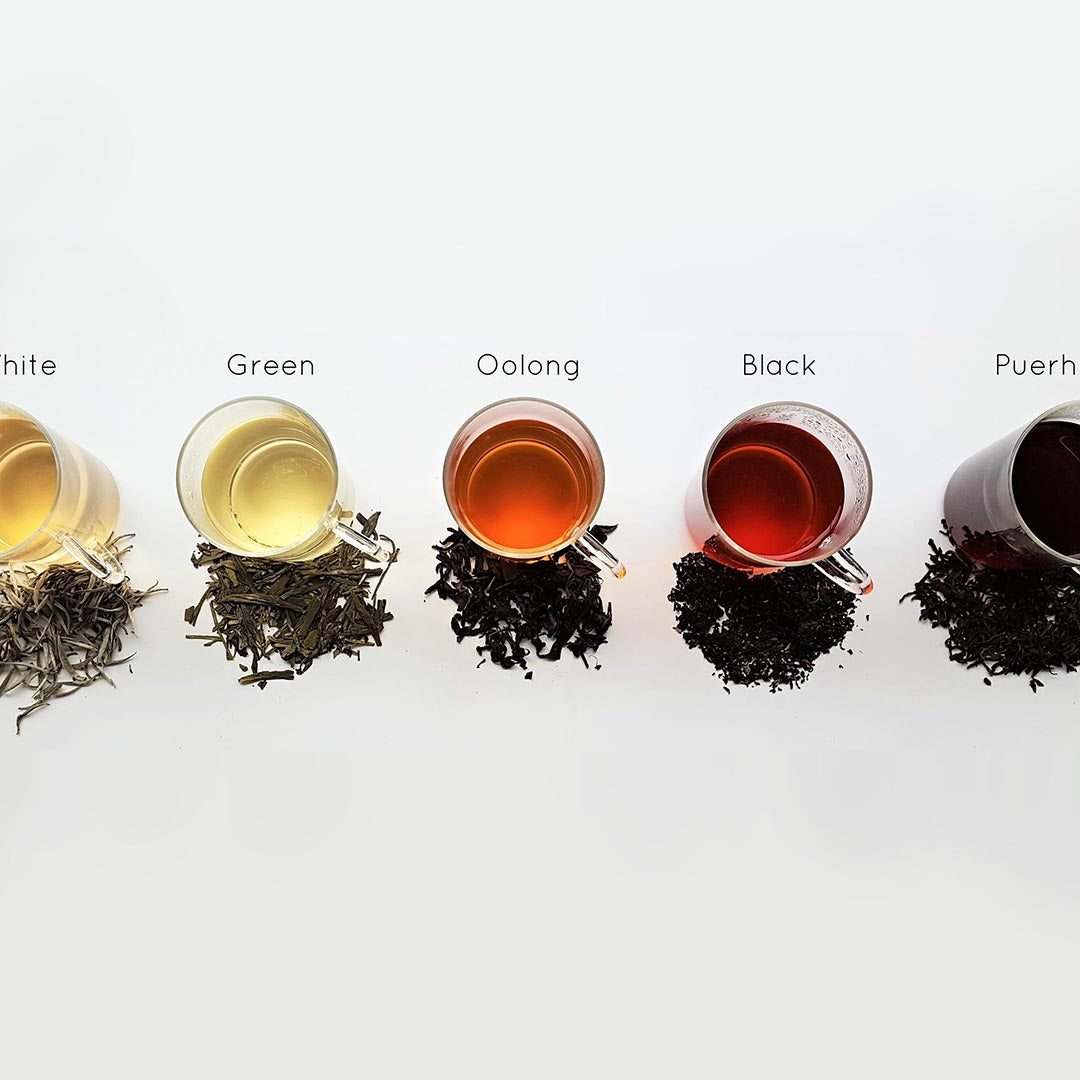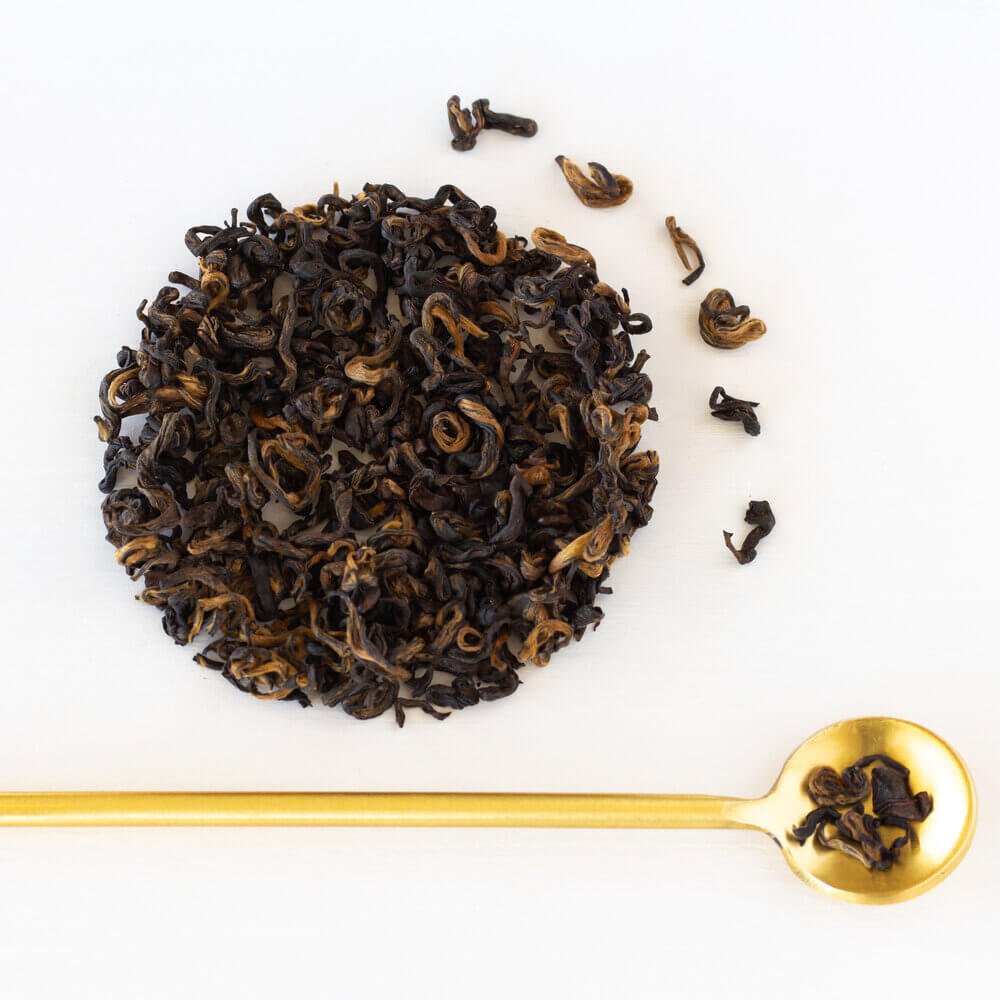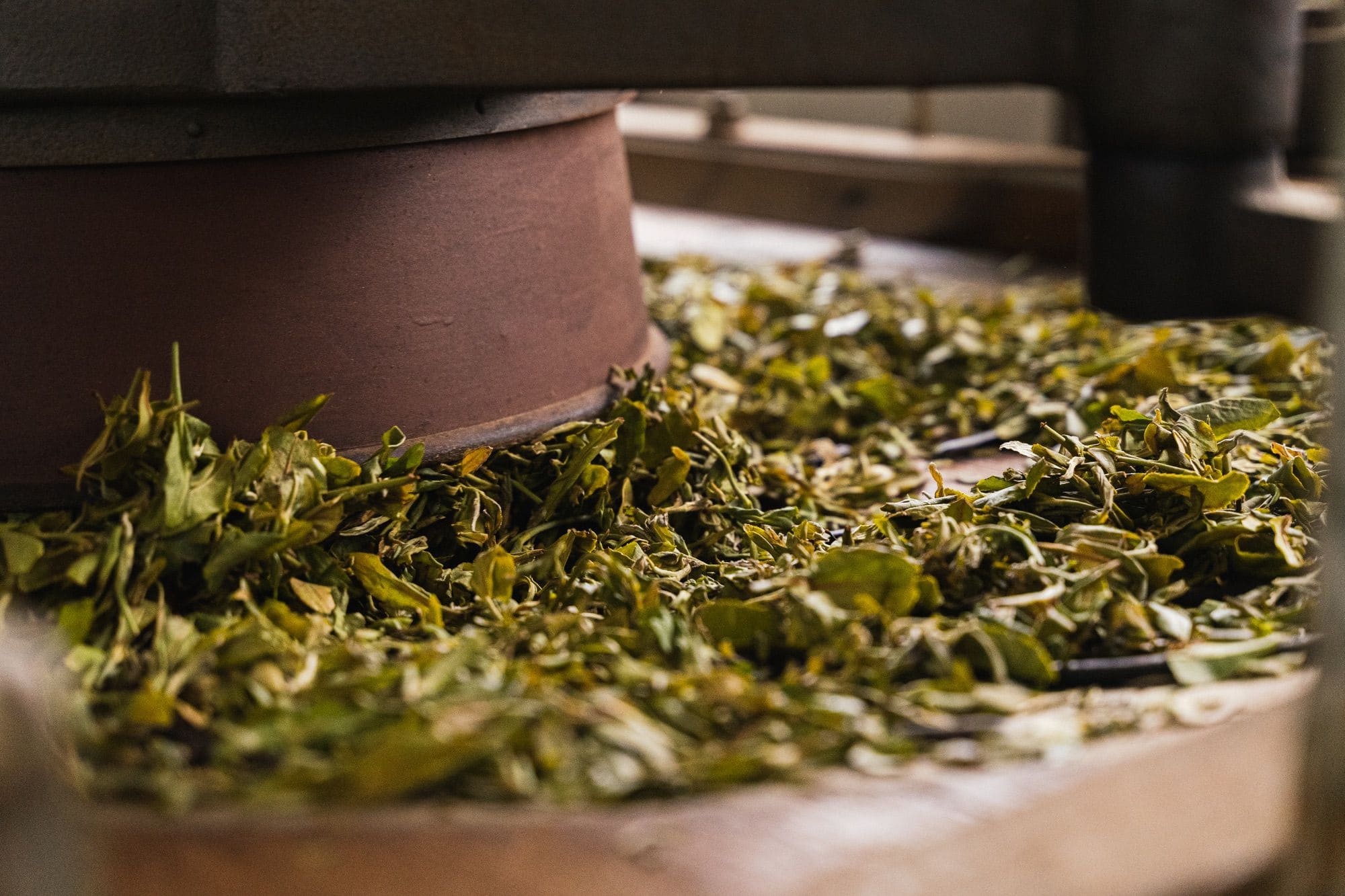tea oxidation
- Blog
- tea oxidation
green tea
Well now, let me tell you somethin’ about this thing they call “tea oxidation.” Don’t go gettin’ all confused now; it’s just a fancy way of sayin’ how tea leaves change when they’re left out in the air for a while. Just like how an apple turns brown if you leave it sittin’ out too long, tea leaves do the same thing, only it makes ‘em taste all different and fancy.
See, when they pick the leaves off the tea plants, they’re all fresh and green, like any ol’ leaf you’d see on a tree. But then, they gotta do somethin’ to ’em to make ‘em taste like the tea we know. And that’s where the oxidation comes in. It’s like the leaves start breathin’ in the air and start to change their insides. Ain’t no magic to it, just chemistry, but it sure does turn them leaves into somethin’ special!
Oxidation Process: What’s Happenin’ in Them Leaves?
Now, when tea leaves get exposed to air, they start to turn brown and the flavor starts to change. That’s what we call oxidation. You could think of it like when you cut a potato and leave it out. The inside starts to turn brown, and that’s because of a chemical reaction. Same thing happens to tea leaves. It’s all about the oxygen in the air, mixin’ with the leaves, and changin’ up their chemicals.

But it ain’t just any old change. Depending on how much air they get and how long they stay out, you get different kinds of tea. Some tea leaves get left to oxidize a lot, like black tea, and they turn all dark and rich, with a strong flavor. Other teas, like green tea, don’t get oxidized hardly at all. That’s why green tea tastes so fresh and light. Ain’t no one-size-fits-all here; it all depends on how you treat the leaves.
Types of Tea and Their Oxidation
So you see, the more they let them leaves sit and turn brown, the stronger and bolder the flavor gets. But if they don’t let ‘em oxidize much, you get something more delicate and fresh.
Why is Oxidation Important for Flavor?
Well, the whole point of this oxidation is to change up the flavors. Now, I know some folks might say it’s all about the science and chemicals, but to me, it’s like cookin’ a stew. You leave the stew on the stove long enough, and all them flavors blend together nice. Same thing with tea! The longer them leaves oxidize, the deeper and richer the flavor gets. If you don’t let ‘em oxidize enough, though, you might just end up with somethin’ that tastes too grassy or too light, and that ain’t no good.

Now, don’t get me wrong, every kind of tea has its time and place. Some folks want that strong black tea in the mornin’ to wake ‘em up, and others want a light green tea to sip on while they relax. It’s all about what you’re in the mood for!
Health Benefits of Oxidation
It’s not just about taste, either. The oxidation process also brings out different health benefits, dependin’ on the tea. See, green tea, since it doesn’t oxidize much, is packed full of antioxidants, which are good for you. It can help with things like fightin’ off illnesses and keepin’ your skin lookin’ good. But if you’re after somethin’ to help with energy or give you a good start to your day, that’s where black tea comes in. It’s got more caffeine from all that oxidation, so you’ll feel more awake after a cup.
Now, each tea’s got its own little perks, so no matter which one you like best, you’re still gettin’ some good out of it. Some folks even say that the more oxidized teas help with digestion and keep your heart healthy. So you see, it’s not just about what it tastes like—it’s about all the good things it can do for you, too!
Conclusion: All About That Tea!

So in the end, tea oxidation ain’t nothin’ too complicated. It’s just a process that turns them leaves into the flavors we love. Whether you like your tea strong, light, or somewhere in between, it all comes down to how much oxygen those leaves get. And that’s what makes tea so special—so many different kinds, all with their own flavors and benefits. So, the next time you’re sippin’ on a cup of tea, just think about what’s gone into it, and how them leaves got from the plant to your cup, all thanks to a little oxidation.
Tags:[tea oxidation, oxidation process, black tea, green tea, oolong tea, health benefits of tea, tea flavors, tea production, oxidation and flavor]
© Copyright 2025 Qianwei Tea | Theme developed by sitemap